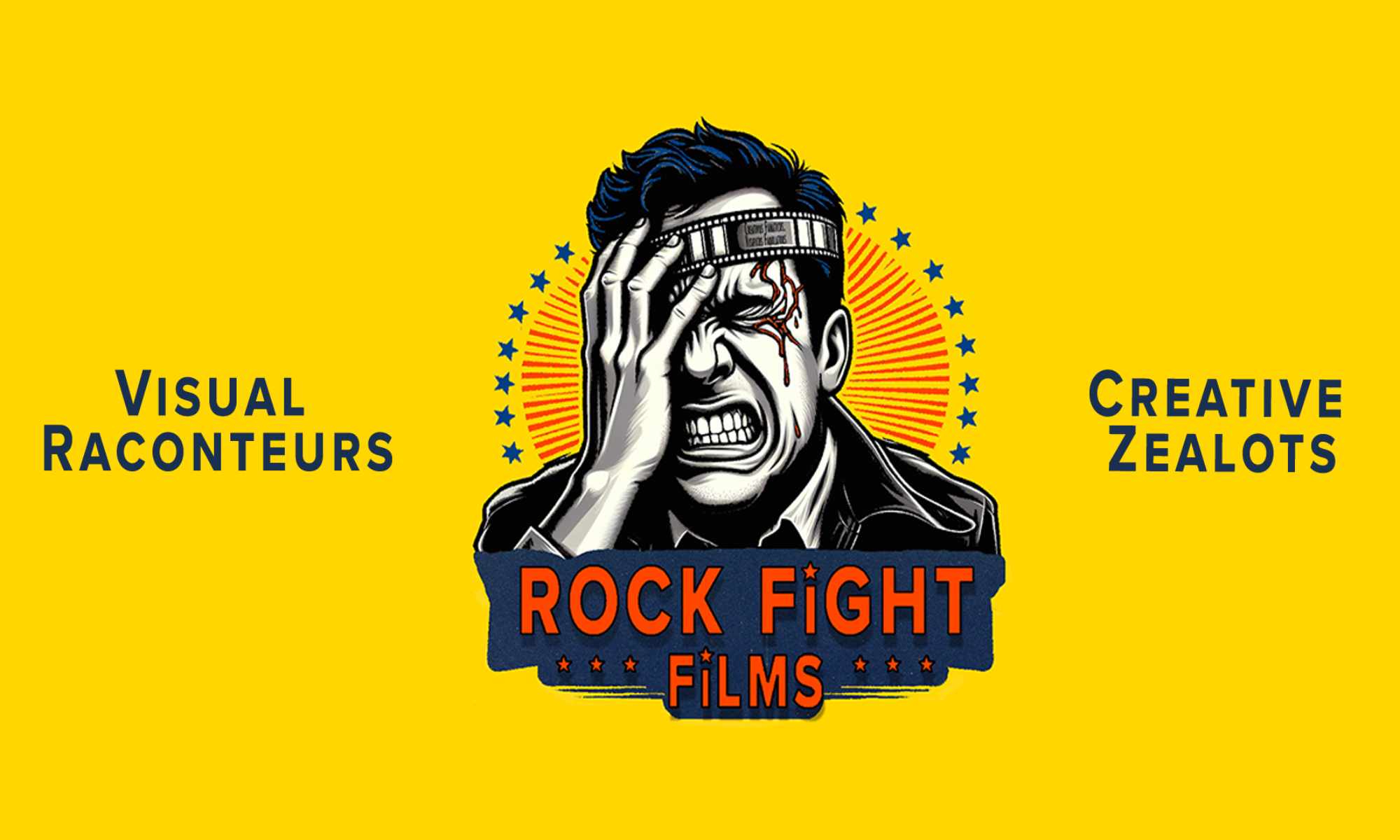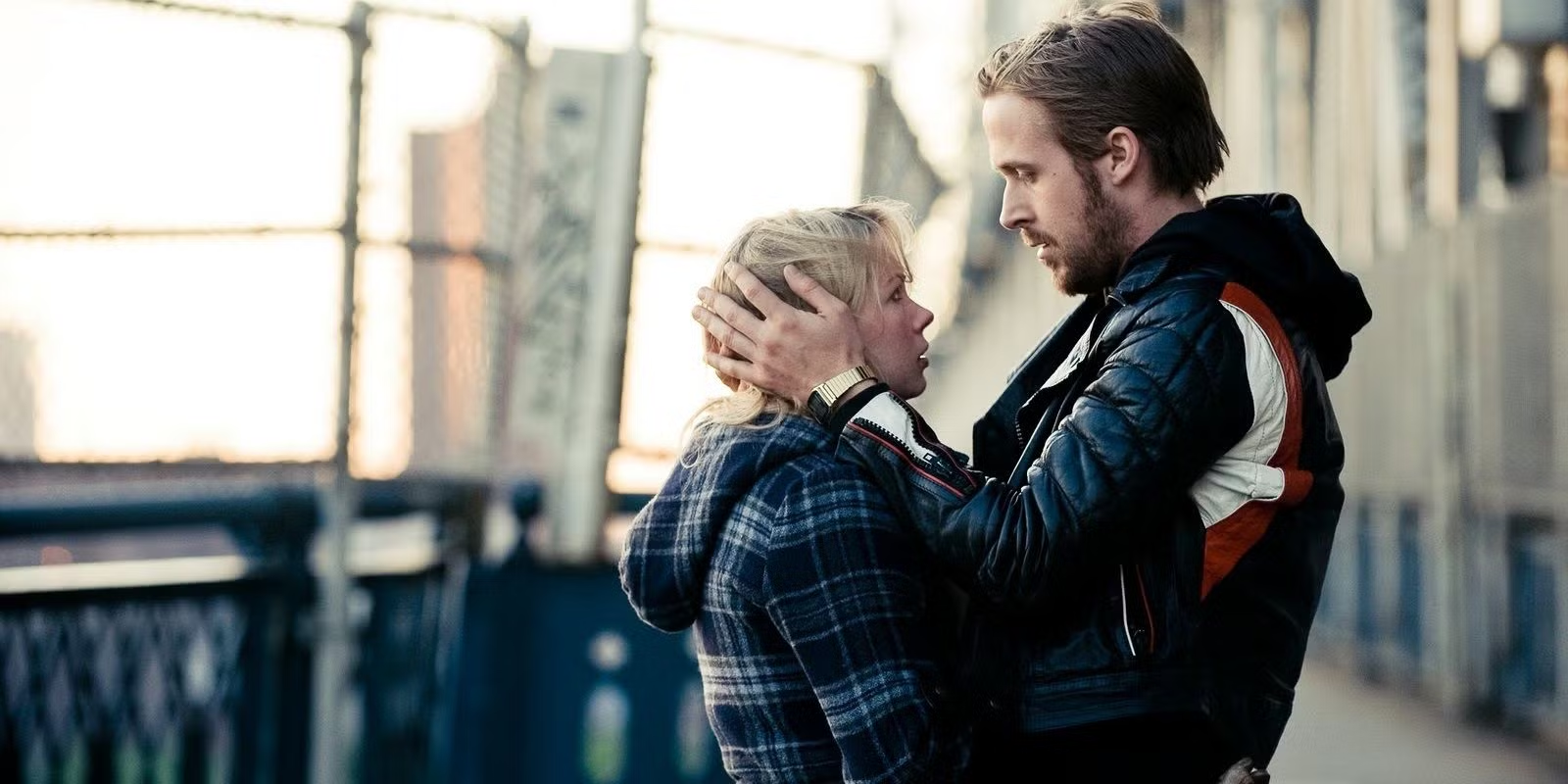No Glam, Just Grit
Independent filmmaking is often portrayed as a raw, unfiltered process where creativity knows no bounds. But the moment I start planning; I quickly realize that the “anything goes” approach I bring to story development doesn’t always hold up. In reality, indie filmmaking is a constant negotiation—usually with me—between ambition and the practical constraints of time, money, and resources.
This past weekend, I broke down the script for my new short film, Sweet Nothings (formerly So Close). What seemed effortless on the page now demands careful planning—figuring out shots, effects, wardrobe, props, and how to pull it all off within the limits I have to work with.
Breaking Down the Script
 A script breakdown is where the rubber meets the road. It is the process of analyzing each scene to figure out everything needed for production. It’s more than just logistics—this is when the film starts taking shape. Here’s what it involves:
A script breakdown is where the rubber meets the road. It is the process of analyzing each scene to figure out everything needed for production. It’s more than just logistics—this is when the film starts taking shape. Here’s what it involves:
-
-
- Vehicles: What’s needed for each scene, including logistics for movement and positioning.
- On-Set Sound: Dialogue, ambient noise, and any practical sounds that need to be captured live.
- Sound Effects: What can be added in post-production vs. what needs to be recorded on set.
- Locations: Availability and restrictions that impact scheduling. If a location is limited to one day, wide shots and master coverage take priority, with close-ups and inserts picked up elsewhere.
- Props & Wardrobe: Essential items vs. set dressing, and how many versions are needed for continuity.
- Hair & Makeup: Special requirements for character looks, aging, injuries, or transformations.
- Effects:
- Practical/In-Camera: Achieving effects without post-production VFX.
- Mechanical Effects: Physical rigs, such as making a car appear to be moving.
- Special Effects: Smoke, breakaway props, fake blood, or other physical effects.
- Visual: $$$
-
Sounds tedious, right? But once I get past that ‘What was I thinking when I wrote this?’ moment, breaking down a script becomes one of my favorite parts of pre-production. It’s when I start seeing what’s possible within the constraints of budget and time. It also guides decisions on visual style, effects, and wardrobe, balancing what’s needed with what’s doable.
Making It Look Good
 For Sweet Nothings, most of the story unfolds inside a 1960s luxury sedan. The challenge is creating a visceral, surreal atmosphere, focusing on practical effects like creative lighting, camera angles, and in-camera tricks to set the tone.
For Sweet Nothings, most of the story unfolds inside a 1960s luxury sedan. The challenge is creating a visceral, surreal atmosphere, focusing on practical effects like creative lighting, camera angles, and in-camera tricks to set the tone.
What’s been on my mind lately is the overall vibe of the film and how best to use the car’s interior to heighten the tension. I’ve been considering how mechanical effects can serve as practical solutions. By using lighting, clever blocking, and incorporating techniques like forced perspective, I can craft a surreal space. Ultimately, I want the space to feel both intimate and claustrophobic—adding to the unsettling vibe.
Words Into Shots
 Once the script is broken down, I start considering a list of shots, turning the written word into a visual plan. For Sweet Nothings, I think through each scene, considering the best way to capture the desired look and feel. The breakdown gives me ideas and helps me think about what’s feasible. It sparks my creativity and encourages me to come up with solutions that are interesting and resourceful—without relying on a big budget. The constraints of a tight budget are freeing because it forces me to focus on creative solutions that work with what I have.
Once the script is broken down, I start considering a list of shots, turning the written word into a visual plan. For Sweet Nothings, I think through each scene, considering the best way to capture the desired look and feel. The breakdown gives me ideas and helps me think about what’s feasible. It sparks my creativity and encourages me to come up with solutions that are interesting and resourceful—without relying on a big budget. The constraints of a tight budget are freeing because it forces me to focus on creative solutions that work with what I have.
Some sequences might read well on the page, but once I factor in time and resources, I might need to adjust them. The breakdown helps me make those decisions early, knowing that the list will continue to evolve until we’re on set.
Shot Considerations
-
-
- Essential Shots: What’s required to tell the story clearly.
- Inserts: Close-ups of objects or details filmed separately.
- In-Camera Effects: Techniques like lighting changes, forced perspective, or hidden rigs to create practical effects.
-
Wardrobe, Props, and Making It Work
 Once the script is broken down, I can better determine the wardrobe, props, and set dressing I’ll need. Here’s what I’m considering:
Once the script is broken down, I can better determine the wardrobe, props, and set dressing I’ll need. Here’s what I’m considering:
For wardrobe:
-
-
- How many versions of each costume are necessary for continuity, damage, and wear?
- Can costumes be reused across multiple scenes?
- Should I have backup options in case something gets damaged or stained?
-
For props:
-
-
- Which props are essential for the story, and which are simply for background?
- Can anything be repurposed or modified instead of buying new?
- Do I need multiples in case something is destroyed during filming?
-
For instance, if the lead character wears the same dress throughout the film, I’ll need at least two or three identical versions. If a prop plays a key role in the plot, there must be a backup. These details need to be worked out before filming begins, not after something goes wrong on set.
Creativity on a Budget
 Breaking down the script, creating a shot list, planning practical effects, and organizing wardrobe and props all come down to one core issue: balancing creative ambition with what can be achieved.
Breaking down the script, creating a shot list, planning practical effects, and organizing wardrobe and props all come down to one core issue: balancing creative ambition with what can be achieved.
Independent filmmaking often requires trade-offs. I may not be able to afford a complex location, but I can dress a simpler space to create a similar effect. The budget might not allow for an expensive lighting setup, but I can time the shoot to capture natural light at the right moment.
Filmmaking isn’t just about having big ideas—it’s about figuring out how to make those ideas work within the limitations you’re given. It’s about being resourceful and creative, using what you have in unexpected ways.
Final Thoughts
 Filmmaking is a constant balancing act between creativity and practicality. Through the process of script breakdowns, shot planning, and strategic use of props, wardrobe, and effects, filmmakers can bring their vision to life—one painfully, frugal decision at a time. Limitations aren’t obstacles; they often spark the most innovative and resourceful solutions.
Filmmaking is a constant balancing act between creativity and practicality. Through the process of script breakdowns, shot planning, and strategic use of props, wardrobe, and effects, filmmakers can bring their vision to life—one painfully, frugal decision at a time. Limitations aren’t obstacles; they often spark the most innovative and resourceful solutions.
If you’re passionate about filmmaking and want to follow along on my journey as I produce Sweet Nothings, be sure to subscribe for the latest behind-the-scenes insights, tips, and lessons learned. I’d love it if you’d join me.


















